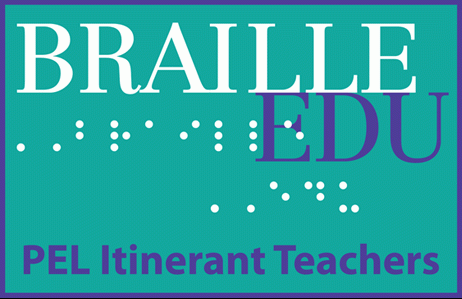Braille Literacy:
Every child has the right to learn to read and write, regardless of their profile or learning styles. Children who have a visual impairment have the same rights as those who have sight. We as educators, parents and members of society need to allow persons with visual impairments the opportunities to learn to read and write as well as the right to be different.
The way young children are exposed to the world around them is through interactive play, language, physical exploration of objects and print or braille. Reading aloud, writing journals or stories allows children to share personal experiences with others. Writing and reading can be meaningful, enjoyable and provide a better quality of life as the visually impaired child grows and explores the world.
When children who have a visual impairment are exposed to their physical environment, we need to guide them towards the way in which they can read and write about that environment. As children who have sight are exposed to reading books, looking at pictures and making connections with text, so should the child who has a visual impairment. This can be done in various ways, depending upon the visual needs of the child; through reading aloud and sharing books in large print or braille, tactile representations of pictures and tactile graphics.
Braille exposure can allow the young learner who has a visual impairment to make those connections with language, sounds, blends and physical objects as they are exposed to them, preferably from an early age. Reading aloud and having the child feel the braille on a page or explore a tactile picture, allows them to engage in the reading process. As well, exposure to writing in braille and sharing one’s thoughts can enhance the notion of, what you have to say is important.
Braille literacy is fundamental for young braille users as it allows for an equilibrium with their counterparts who are sighted. Today, technology seems to be prioritized over the exposure we have towards print and braille. However, the use of technology should enhance our reading and writing capabilities, not impede the opportunities for young learners. The child who has a visual impairment requires as much exploration and exposure to the braille text around them as does the sighted child for print. (Rex, 1994, pp.5-14).
Rex, E. et al. (1994) Foundations of Braille Literacy, (pp.5-14), AFB Press, New York, New York.
